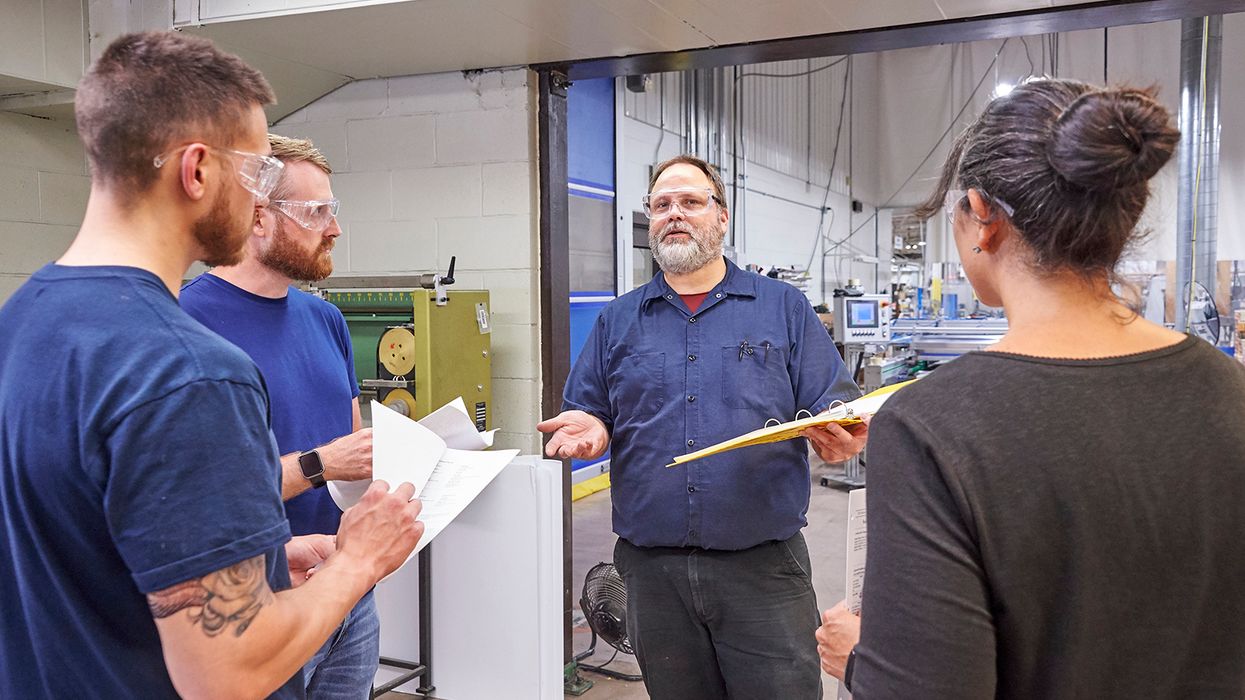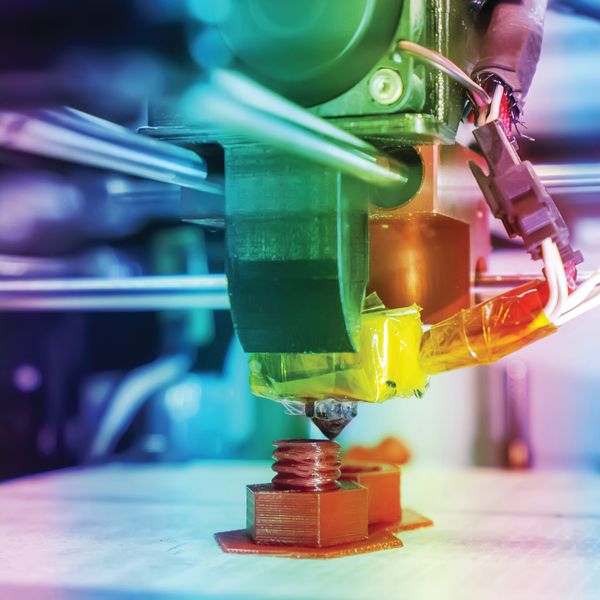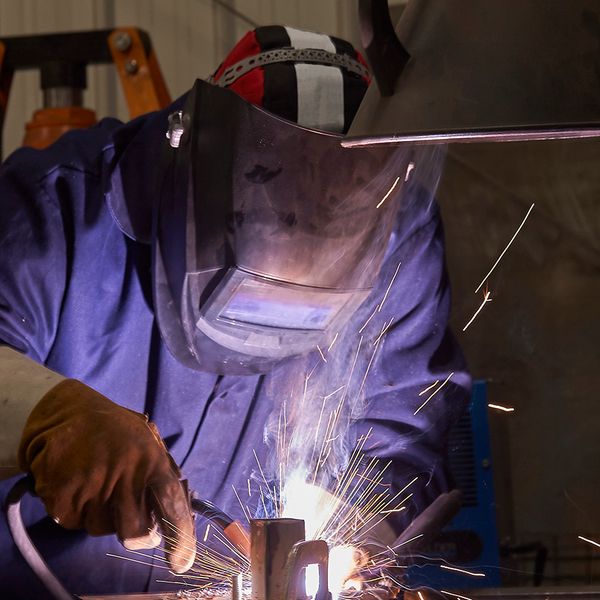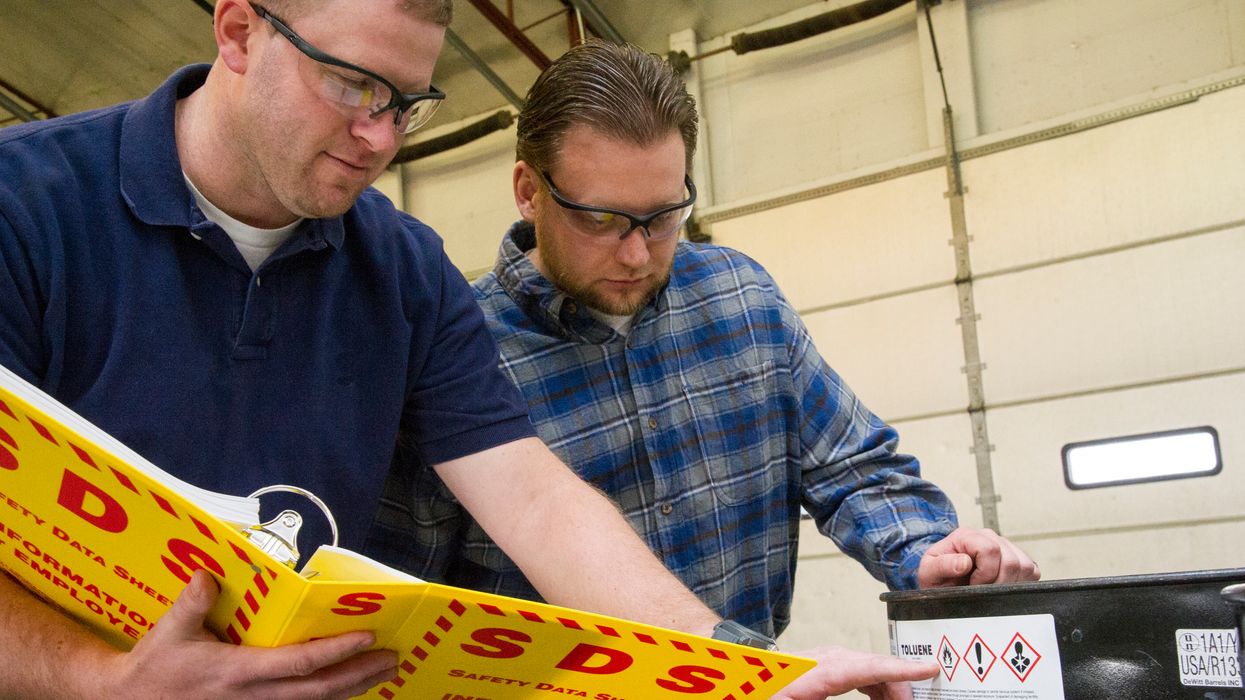It’s widespread, but how safe is it? 3D printing tips that won’t melt your mind
3D printing has taken off in recent years, but what should you know about user risks? My son had his first experience with it in an industrial technology class in middle school, where he made a keychain and other small plastic objects; he later saved his money and bought his own 3D printer in high school. The printer sits on a desktop and uses a reel of plastic filament to produce 3D objects layer by layer. We knew not to touch any of the heated components, but were there other exposure risks to consider?
NIOSH to the rescue
While 3D printers are widespread in industry, they’re often used in non-industrial work settings such as schools, small businesses, libraries, and makerspaces. In response to user concerns about potential exposures to ultrafine particles, chemicals, and other general safety risks, the National Institute for Occupational Safety and Health (NIOSH) evaluated emissions from different printer and filament combinations operating in various types of work environments and subsequently issued a guide based on its findings. It suggests options for engineering controls to protect workers and users while using 3D printers in the previously mentioned work settings.
3D printing safety measures
Not touching heated components seems like a given, though it’s important to note just how hot they can get. Nozzle temperatures typically range from 375 to 500°F as it melts the plastic, while the build platform can reach temperatures up to 250°F.
Small particles and gases are released when heating plastics during the printing process; these may present health risks to the lungs, eyes, and skin. Cleaning activities (such as using a solvent to clean the build plate) have potential for inhalation and skin exposures, while maintenance activities may expose workers to laser, electrical, and robotic hazards, as well as the print materials.
While most 3D printer motors aren’t powerful enough to cause serious injury, they still have the potential to catch loose clothing, jewelry, long hair, or a head covering.
Ways to reduce the risk of injury or exposure include:
- Using ventilation,
- Keeping the printer nozzle clean,
- Heating the nozzle then loading the filament,
- Printing at the lowest recommended temperature,
- Airing it out if the printer malfunctions,
- Waiting before opening a closed printer,
- Keeping clothing and hair away from moving parts, and
- Wearing personal protective equipment (PPE) such as eye protection, an N95 respirator, and gloves to protect against hot surfaces.
Key to remember: While 3D printers may appear to be innocuous workplace tools, they do present some hazards. Workers should be trained to recognize the hazards and understand what precautions to take.



















































